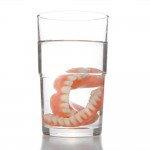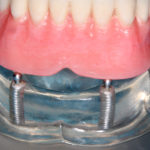
This review of virtual reality (VR) distraction interventions in alleviating dental anxiety in paediatric patients included 12 RCTs. The findings suggest VR could be an effective approach to alleviating dental anxiety in paediatric patients.
[read the full story...]







